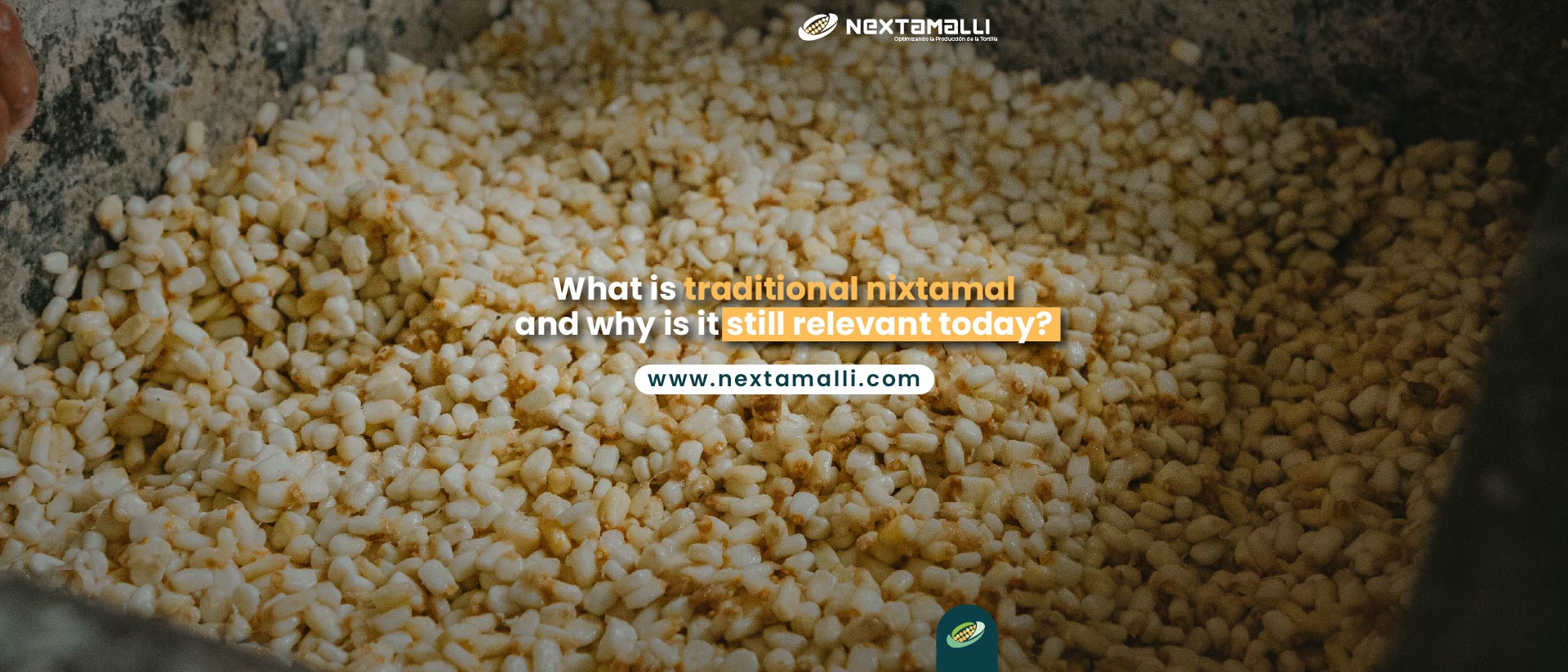Maize, or corn, is one of the most important crops in the United States, both culturally and economically. It has been a staple food in the country for thousands of years and is used in a wide range of products, including ethanol, livestock feed, and food for human consumption. In this essay, we will explore the cultural and economic impact that maize has had in the United States.
The cultural significance of maize in the United States dates back to the pre-Columbian era when indigenous communities relied heavily on the crop for their survival. Maize was not only a staple food but also played a central role in their religious and cultural practices. The crop was considered sacred and was often used in ceremonies and rituals. Today, maize continues to be an important cultural symbol for many communities in the United States, particularly in the South and Midwest.
In addition to its cultural significance, maize is also a vital component of the US economy. The crop is the most widely produced grain in the country and generates billions of dollars in revenue each year. According to the USDA, the value of US maize production was approximately $52.5 billion in 2020, with over 92 million acres of maize planted across the country.
The economic impact of maize extends beyond its role as a commodity crop. The crop is also a key ingredient in many food and beverage products, including tortillas, chips, and breakfast cereals. In fact, maize is the primary ingredient in tortillas, a food that has become increasingly popular in the United States. The US tortilla market was valued at $12.5 billion in 2019 and is projected to continue growing in the coming years.
Maize also plays a critical role in the US ethanol industry, which has become an important component of the country’s renewable energy sector. Ethanol is primarily produced from maize and is used as a fuel additive to reduce greenhouse gas emissions. In 2020, the US produced over 13.6 billion gallons of ethanol, with maize accounting for approximately 95% of the feedstock used in production.
Despite the importance of maize to the US economy, the crop faces several challenges, including climate change and the rising cost of production. However, there are efforts underway to address these challenges and ensure the continued success of maize production in the United States. For example, the USDA has launched several initiatives aimed at promoting sustainable maize production, including the Maize-Soil Health Initiative and the Soil Health Division.
In conclusion, maize is a critical component of both the cultural and economic landscape of the United States. Its importance extends beyond its role as a commodity crop and is reflected in its use as a key ingredient in many food and beverage products, as well as its role in the renewable energy sector. Despite the challenges facing maize production in the country, efforts are underway to ensure its continued success and impact on the US economy and culture.
References:
- United States Department of Agriculture. (2020). United States corn statistics. https://www.nass.usda.gov/Quick_Stats/Ag_Overview/stateOverview.php?state=CORN
- Statista Research Department. (2021). Tortilla market in the United States. https://www.statista.com/topics/3258/tortilla-market-in-the-us/
- United States Department of Agriculture. (2021). USDA Launches the Maize-Soil Health Initiative. https://www.usda.gov/media/press-releases/2021/02/17/usda-launches-maize-soil-health-initiative
- United States Department of Energy. (2021). Bioenergy Technologies Office: Ethanol. https://www.energy.gov/eere/bioenergy/ethanol
- National Agricultural Statistics Service. (2021). Corn. https://www.nass.usda.gov/





